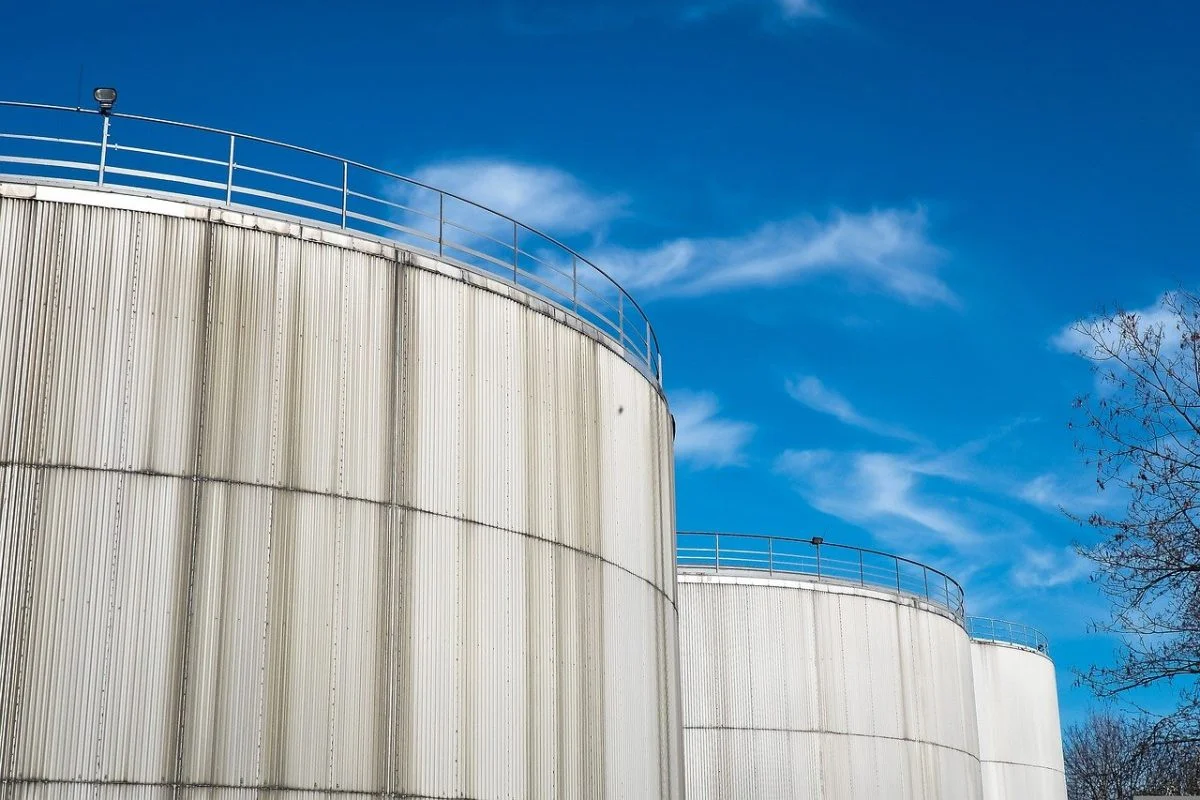An interesting new article from Reuters on the current travails of the US renewable diesel industry was published this week. The article is not only informative, but it is also helpful in settling a debate that has been rattling around the biofuel and investment sectors for the last year. In particular, the article summarizes the earnings hit that renewable diesel producers have taken in recent months.
Some background. A year ago my colleagues and I wrote an article on the looming “RIN cliff” for renewable diesel and FAME producers. Based on ongoing capacity expansion plans it was not hard to predict that D4 RIN generation would quickly outpace the RFS RVO draw for the combined total of both biofuels. A straightforward theoretical model predicted the collapse of D4 RIN prices under these unprecedented conditions. As you might imagine, with the stakes so large, the pushback from within the biofuel and investment sectors about our prediction was intense.
Later, when RIN prices started to crater as we predicted, a new argument emerged. RIN prices were dropping simply because feedstock prices were dropping relative to diesel prices. This has been called the input explanation for collapsing RIN prices. There is an important implication of the input explanation for cratering RIN prices. If feedstock prices were dropping for exogenous reasons, say bigger supply, then renewable diesel earnings should be unaffected. As feedstock prices decline, renewable diesel prices should roughly decline by the same amount in the short run, with margins remaining the same.
So, there is a straightforward test of the input explanation of declining RIN prices: little or no impact on renewable diesel producer earnings. Well, that sure was wrong. So, what did happen? The key is to understand that renewable diesel demand is entirely policy-driven. Once production pushes past the RVOs and goes over the RIN cliff, the marginal demand for renewable diesel disappears because there is no reason for the market to incentivize production beyond the RVOs. The mechanism for forcing the needed adjustment is economic pain in the form of losses. In essence, everything declines at once: RIN prices, feedstock prices, renewable diesel prices, and margins. The market’s job is to force losses large enough to drive production back to what is needed to fill the RVOs (plus some adjustment for net exports and RIN bank refilling).
The key to understanding what happened is the loss of policy incentive once renewable diesel (and FAME biodiesel) production breached the RVOs. This is what explains the renewable diesel losses highlighted in the Reuters article.

